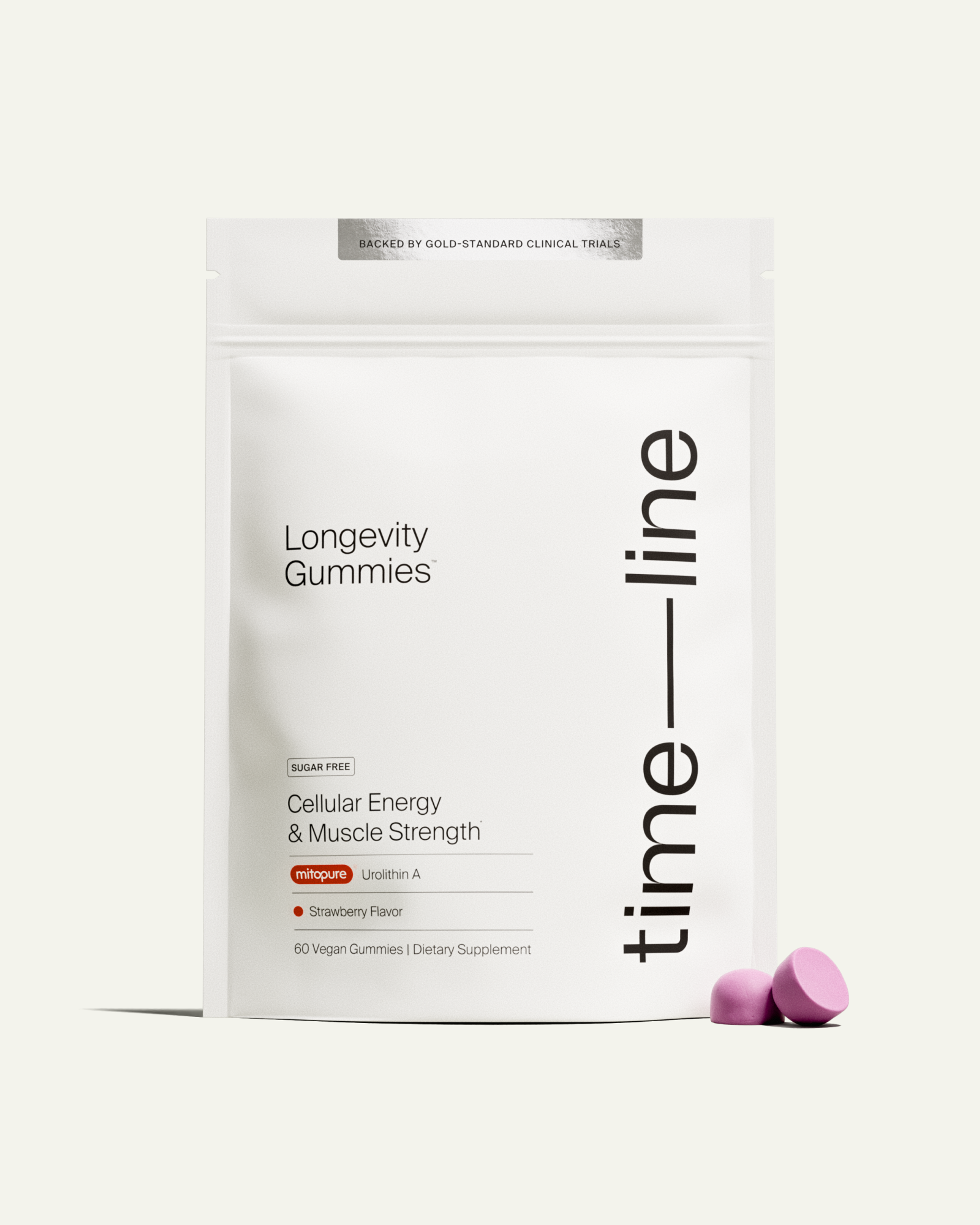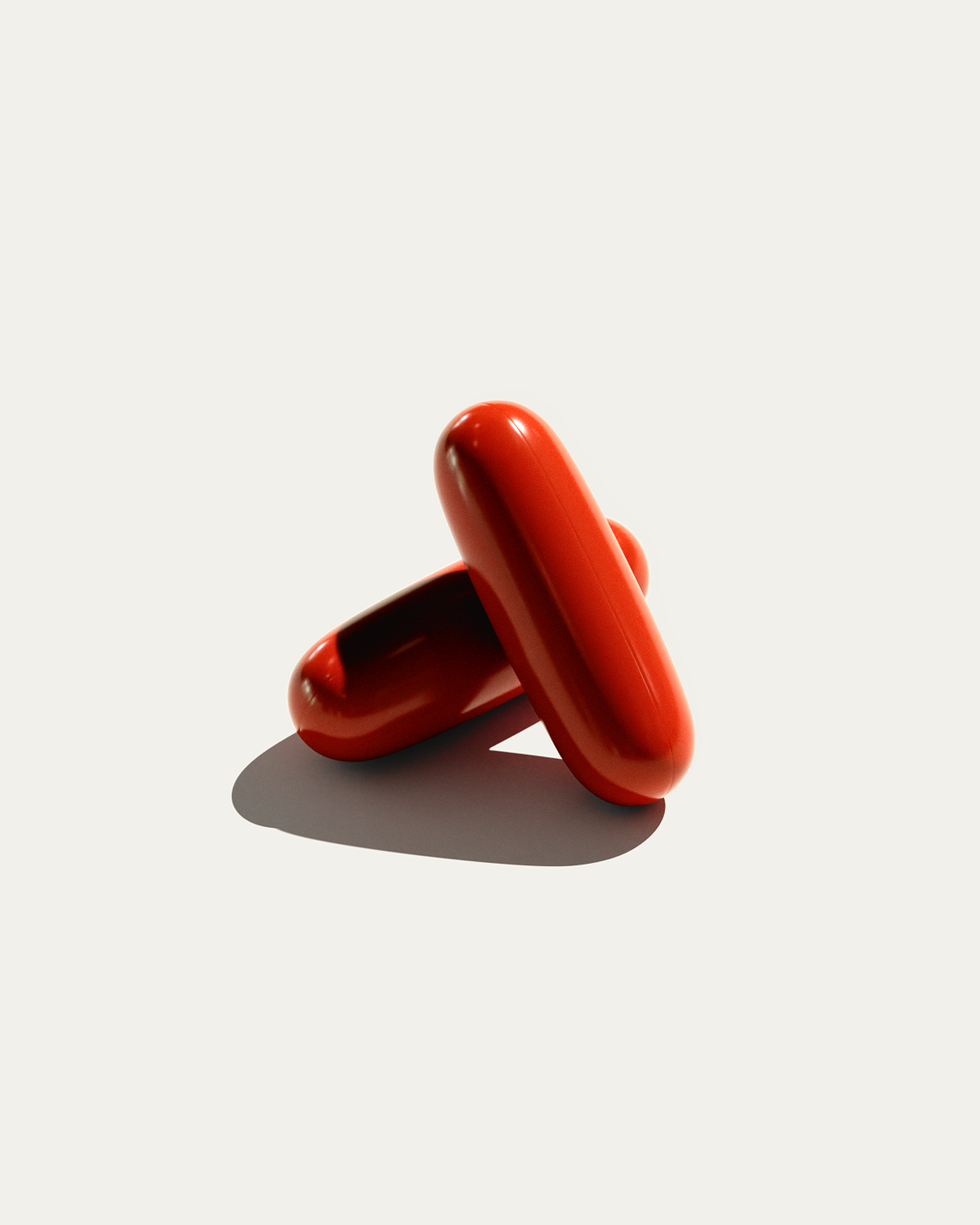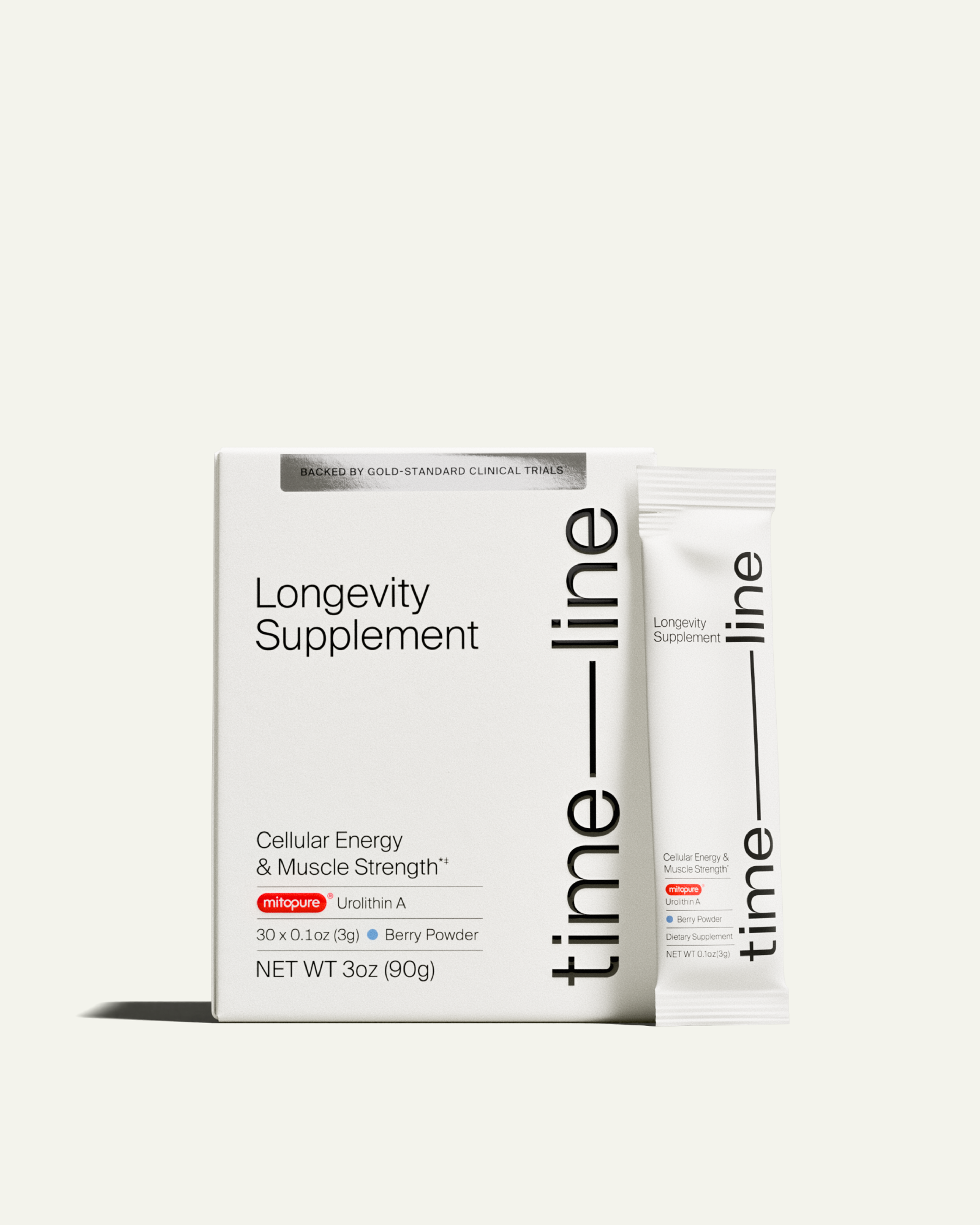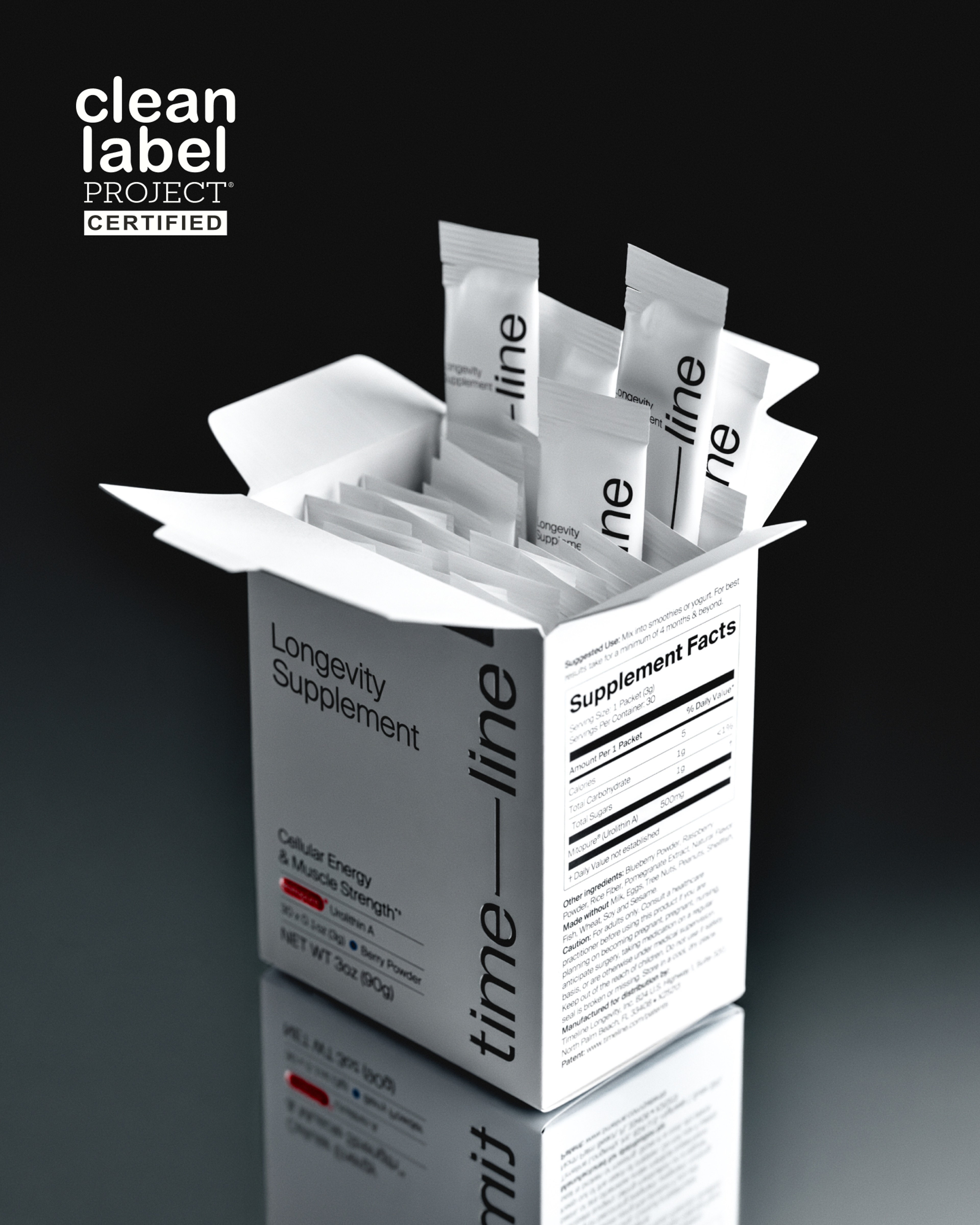C Reactive Protein - The Powerful Inflammation Detector
C-reactive protein is one of the body’s top markers of inflammation. Learn what causes high CRP and how to lower CRP levels quickly and naturally.
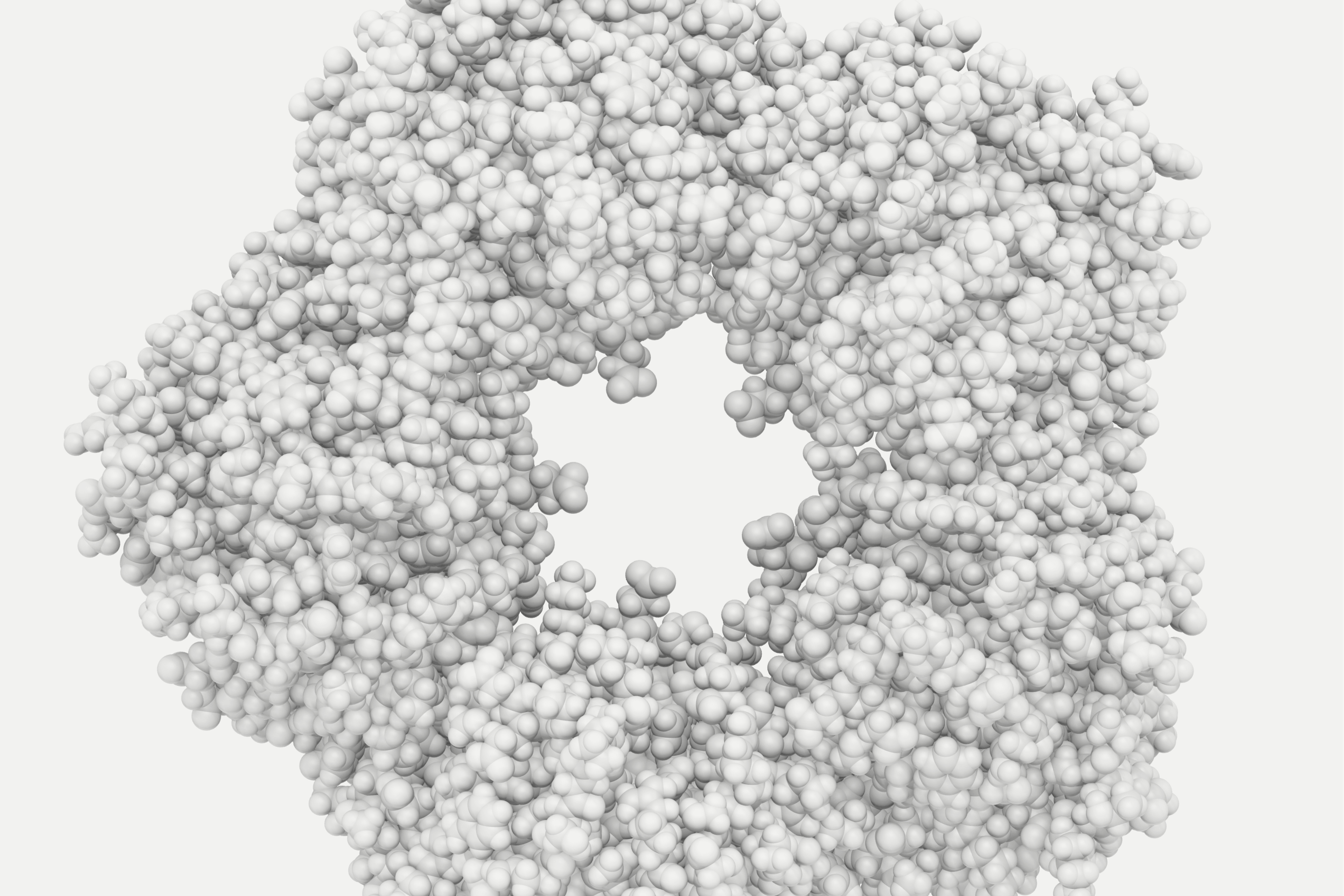
What to know
CRP (C-reactive protein) is a protein made by the liver and is a marker of inflammation in the body.
High CRP levels can be caused by various factors such as an acute infection or injury, recent surgery, obesity, and other chronic diseases.
Elevated CRP levels are associated with inflammation and an increased risk of health issues like heart disease.
There are natural ways to lower CRP levels, such as an anti-inflammatory diet and exercise.
Chronic inflammation is a natural part of the aging process, associated with an increased risk of several health conditions.[1] However, in many cases, inflammation may not be readily apparent, and individuals may be unaware of its presence. Fortunately, there is a blood test called CRP or C-reactive protein that can provide valuable insight.
CRP is a powerful yet often overlooked blood test that can unleash a wealth of information about your body’s state of inflammation. Let’s explore the significance of CRP and discover natural methods to reduce CRP levels.
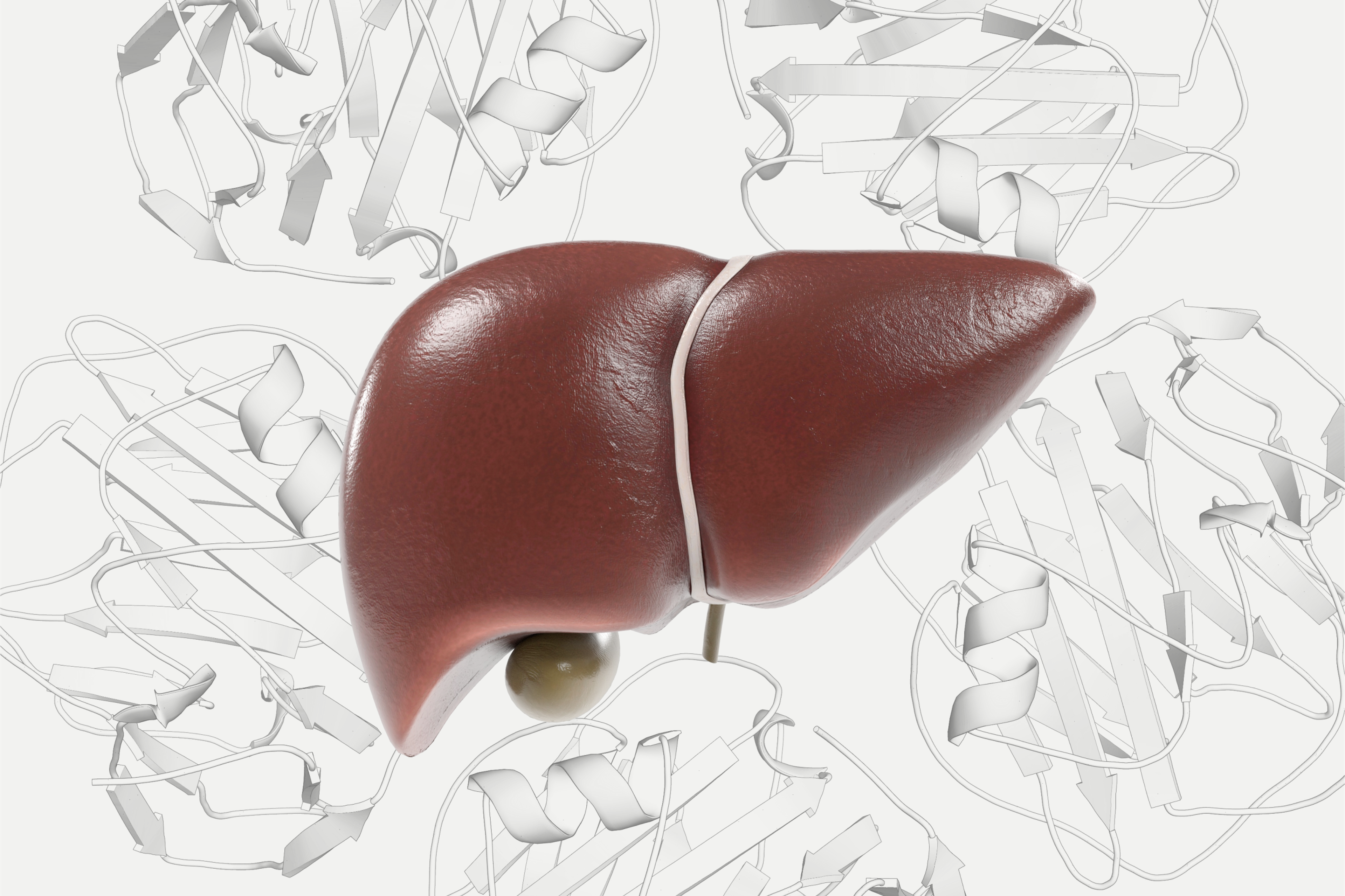
What is CRP?
C-reactive protein, or CRP for short, is a protein produced and released by the liver in response to inflammation. Doctors often perform a CRP blood test when inflammation is suspected.
While elevated CRP levels do not necessarily indicate the presence of a specific disease, they can signify various conditions, such as autoimmune disorders, infections, or chronic diseases like obesity, heart disease, and diabetes. Additionally, CRP tends to rise in response to acute stressors, such as after an injury, infection, or major surgery.[2]
Basically, CRP and inflammation are closely linked, making it valuable to be aware of your CRP levels and aim to keep them within the optimal range.
By measuring C-reactive protein in the blood, your doctor can assess the degree of inflammation in your body at baseline and monitor the effectiveness of any diet, exercise, medication, or lifestyle interventions being implemented.
What causes high CRP?
What causes high CRP levels, and what should you do about it? There are several potential risk factors for high CRP levels, such as:[3]
- Smoking
- Obesity
- High blood pressure
- Inactivity
- Diabetes
- High cholesterol
- Metabolic syndrome (a cluster of 3 risk factors such as high blood pressure, high cholesterol, and obesity)
- Injury, acute illness, or infection
Viral respiratory infections such as influenza and adenovirus, or bacterial infections like pneumonia, are most likely to elevate CRP levels. However, it’s worth noting that after infection, CRP levels typically return to normal within approximately seven days.[4]

What should my CRP level be?
According to the NIH, a normal CRP level is below 1, but ideally below 0.3 mg/dL.[5]
Women and older patients tend to have higher levels of CRP. Smoking, obesity, poor sleep, depression, and diabetes can also contribute to elevated CRP levels.
If your levels are above this, incorporating healthy lifestyle changes and consulting with your doctor is recommended.
How to lower CRP levels
If elevated CRP levels are detected, it is crucial to collaborate closely with your healthcare practitioner to devise an optimal strategy to reduce it. While medical interventions may be necessary at times, there are also a number of lifestyle approaches that can effectively support the goal of lowering CRP levels. Embracing these changes can help mitigate inflammation within the body, leading to a positive impact on CRP levels.

Anti-inflammatory diet: Consume an anti-inflammatory diet with plenty of fruits, vegetables, whole grains, nuts, seeds, and legumes, as they are rich in antioxidants that help to combat inflammation. Additionally, include fatty fish, nuts, and seeds in your diet, as they are good sources of anti-inflammatory fats. Getting enough dietary fiber may also help. Studies found that a high-fiber diet (over 30 grams a day) may have a positive impact on reducing CRP levels.[6]

Exercise: Most of us don’t get enough exercise, but exercising regularly can help reduce inflammation. While intense or strenuous exercise may produce a short-term, transient increase in inflammation, studies have demonstrated that engaging in regular physical activity can lower CRP levels.[7]
You don’t need to spend hours a day working out to reap the benefits of physical activity. The Physical Activity Guidelines for Americans recommend that adults aim for at least 150 minutes of moderate-intensity activity per week, along with engaging in muscle-strengthening activities on two days each week.[8] This breaks down to just 30 minutes of exercise on five days a week, making it an achievable and manageable goal.

Weight loss: Excess fat tissue in the body can contribute to inflammation and chronically elevated CRP levels. However, taking steps to achieve and maintain a healthy weight via diet and exercise may help lower these levels significantly.[9]
Even a modest weight loss of 5-10% of your current body weight offers many health benefits, including reducing inflammation.[10]

Not smoking: Another crucial factor in reducing inflammation is avoiding smoking, whether it’s cigarettes or vaping.[11] If you are a smoker, seeking support from your doctor or joining a smoking cessation group can be immensely helpful in your journey to quit as soon as possible.
The bottom line
If your CRP levels are high, inflammation is likely present in your body. To effectively address this issue, it is crucial to prioritize finding the root cause of your elevated CRP levels and to work closely with your doctor to find these answers. If your elevated CRP levels are linked to a medical condition, always consult with your doctor on the best ways to keep your CRP levels within an optimal range.
Authors

Author
Dietitian-Nutritionist, and Health Content Writer

Reviewed by
Lead Regulatory Affairs & Scientific Manager Alliances at Timeline
References
- ↑
Furman, D., Campisi, J., Verdin, E. et al. Chronic inflammation in the etiology of disease across the lifespan. Nat Med 25, 1822–1832 (2019). https://doi.org/10.1038/s41591-019-0675-0
- ↑
Sproston NR, Ashworth JJ. Role of C-Reactive Protein at Sites of Inflammation and Infection. Front Immunol. 2018 Apr 13;9:754. doi: 10.3389/fimmu.2018.00754. PMID: 29706967; PMCID: PMC5908901.
- ↑
Landry A, Docherty P, Ouellette S, Cartier LJ. Causes and outcomes of markedly elevated C-reactive protein levels. Can Fam Physician. 2017 Jun;63(6):e316-e323. PMID: 28615410; PMCID: PMC5471098.
- ↑
Melbye H, Hvidsten D, Holm A, Nordbø SA, Brox J. The course of C-reactive protein response in untreated upper respiratory tract infection. Br J Gen Pract. 2004 Sep;54(506):653-8. PMID: 15353049; PMCID: PMC1326064.
Markanday A. Acute Phase Reactants in Infections: Evidence-Based Review and a Guide for Clinicians. Open Forum Infect Dis. 2015 Jul 3;2(3):ofv098. doi: 10.1093/ofid/ofv098. PMID: 26258155; PMCID: PMC4525013.
- ↑
Nehring SM, Goyal A, Patel BC. C Reactive Protein. [Updated 2022 Jul 18]. In: StatPearls [Internet]. Treasure Island (FL): StatPearls Publishing; 2023 Jan-. Available from: https://www.ncbi.nlm.nih.gov/books/NBK441843/
- ↑
King DE, Egan BM, Woolson RF, Mainous AG, Al-Solaiman Y, Jesri A. Effect of a High-Fiber Diet vs a Fiber-Supplemented Diet on C-Reactive Protein Level. Arch Intern Med. 2007;167(5):502–506. doi:10.1001/archinte.167.5.502
- ↑
Kasapis C, Thompson PD. The effects of physical activity on serum C-reactive protein and inflammatory markers: a systematic review. J Am Coll Cardiol. 2005 May 17;45(10):1563-9. doi: 10.1016/j.jacc.2004.12.077. Epub 2005 Apr 25. PMID: 15893167.
- ↑
Physical Activity Guidelines for Americans | health.gov. Accessed May 8, 2023. https://health.gov/our-work/nutrition-physical-activity/physical-activity-guidelines
- ↑
Kawai T, Autieri MV, Scalia R. Adipose tissue inflammation and metabolic dysfunction in obesity. Am J Physiol Cell Physiol. 2021 Mar 1;320(3):C375-C391. doi: 10.1152/ajpcell.00379.2020. Epub 2020 Dec 23. PMID: 33356944; PMCID: PMC8294624.
- ↑
Ryan DH, Yockey SR. Weight Loss and Improvement in Comorbidity: Differences at 5%, 10%, 15%, and Over. Curr Obes Rep. 2017 Jun;6(2):187-194. doi: 10.1007/s13679-017-0262-y. PMID: 28455679; PMCID: PMC5497590.
- ↑
Ohsawa M, Okayama A, Nakamura M, Onoda T, Kato K, Itai K, Yoshida Y, Ogawa A, Kawamura K, Hiramori K. CRP levels are elevated in smokers but unrelated to the number of cigarettes and are decreased by long-term smoking cessation in male smokers. Prev Med. 2005 Aug;41(2):651-6. doi: 10.1016/j.ypmed.2005.02.002. PMID: 15917065.
Moon J, Lee H, Kong M, Kim H, Oh Y. Association Between Electronic Cigarette Use and Levels of High-Sensitivity C-Reactive Protein and Uric Acid. Asia Pac J Public Health. 2020 Jan;32(1):35-41. doi: 10.1177/1010539519899777. Epub 2020 Jan 19. PMID: 31955613.
Disclaimer
The information in this article is for informational purposes only and should not be taken as medical advice. Always consult with your medical doctor for personalized medical advice.
